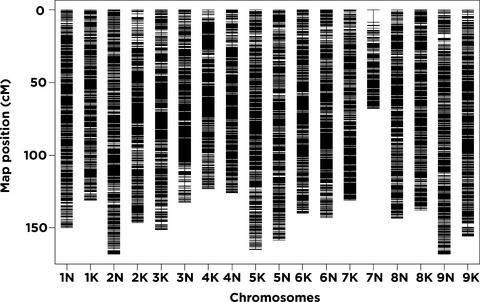Journal list menu
Export Citations
Download PDFs
ISSUE INFORMATION
ORIGINAL RESEARCH
Soil greenhouse gas, carbon content, and tree growth response to biochar amendment in western United States forests
- Pages: 660-671
- First Published: 28 December 2018
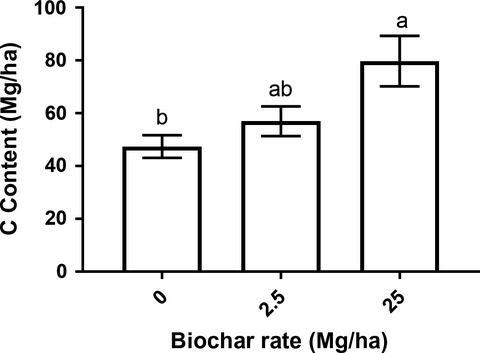
Forest soils amended with biochar made from forest residues have potential to modify tree growth, alter greenhouse gas emissions, and enhance long-term soil carbon storage. In our study, various biochar amendments did not affect forest tree growth or greenhouse gas emissions but did increase soil carbon content up to 41%. We conclude that biochar can be safely applied to forest soils for the purpose of sequestering carbon.
High-density linkage map reveals QTL underlying growth traits in AP13×VS16 biparental population of switchgrass
- Pages: 672-690
- First Published: 17 December 2018
Winter hardiness of Miscanthus (I): Overwintering ability and yield of new Miscanthus ×giganteus genotypes in Illinois and Arkansas
- Pages: 691-705
- First Published: 07 December 2018
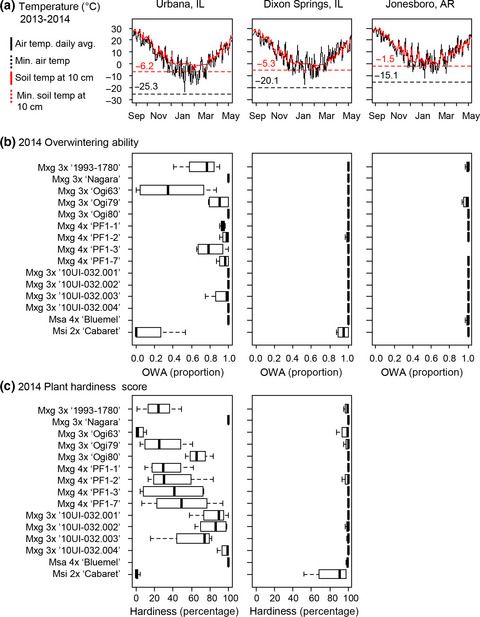
Thirteen Miscanthus ×giganteus (M×g) genotypes, including the commercial standard M×g ‘1993-1780’, were evaluated in replicated field trials for three years at Urbana, IL; Dixon Springs, IL; and Jonesboro, AR. We observed substantial variation for overwintering ability and biomass yield among the M×g genotypes tested and identified ones with better overwintering ability and/or higher biomass yield than ‘1993-1780’.
Winter hardiness of Miscanthus (II): Genetic mapping for overwintering ability and adaptation traits in three interconnected Miscanthus populations
- Pages: 706-726
- First Published: 07 December 2018
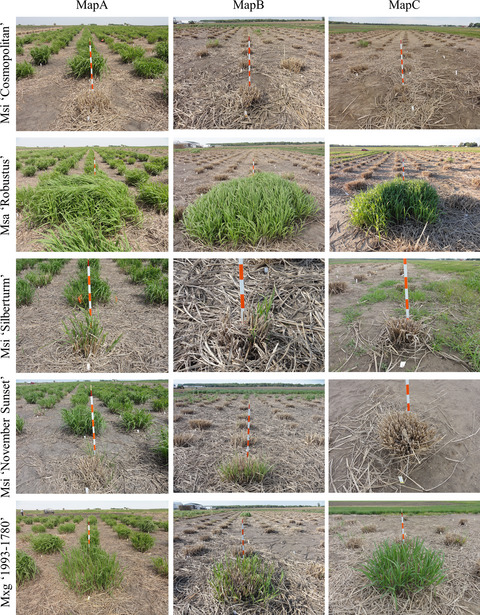
Substantial variation was observed among and within three interconnected F1 Miscanthus populations for overwintering ability and eight other adaptation traits. Large differences among the three populations for overwintering ability indicated that it should be highly advantageous to select cold-tolerant genotypes as parents.
Quantifying the climate change effects of bioenergy systems: Comparison of 15 impact assessment methods
- Pages: 727-743
- First Published: 16 December 2018
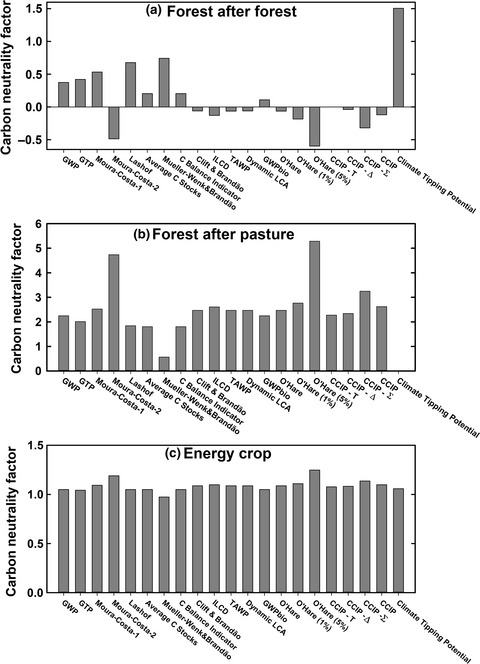
There are different approaches to quantitatively estimate the climate change effects of bioenergy systems. In the present work, we review fifteen different methods and apply these to three hypothetical bioenergy case studies. Our analysis shows that the choice of method can have an important influence on the quantification of climate change effects of bioenergy. The use of different methods for the same purpose can lead to confusing and contradictory conclusions.





